The Japan Rail Pass is a special rail pass available for tourists visiting Japan. It offers unlimited use of most trains operated by the Japan Railways (JR) Group across the country, including most Shinkansen (bullet trains), for a set period of 7, 14, or 21 consecutive days. It’s meant to simplify travel and help save money if you’re planning an extensive itinerary around Japan.
I ordered a Japan Rail Pass on my first trip to Japan, and I can now explain how it works and if it’s actually worth buying one. In this guide, I will discuss prices, how to buy your Japan Rail Pass and what to do if you’ve decided against it.
Table of Contents
- What is the Japan Rail Pass?
- What is included in the Japan Rail Pass?
- What is excluded from the Japan Rail Pass?
- How much does a Japan Rail Pass cost?
- Japan Rail Pass Prices in 2024
- Is the Japan Rail Pass worth it in 2024?
- When is it not worth it to buy the JR Pass?
- Japan Rail Regional Passes
- Do you have to buy a Japan Rail Pass in advance?
- Where to buy JR Pass
- Eligibility
- Selecting a start date
- Using the JR Pass
- Do I need seat reservations?
- What if you didn’t buy a Japan Rail Pass?
- Frequently Asked Questions
What is the Japan Rail Pass?
The Japan Rail Pass also known as the JR Pass is a special rail ticket that lets tourists travel on most Japan Railways (JR) trains throughout Japan for a fixed period, either 7, 14, or 21 days.
The Japan Rail Pass It’s designed for foreign visitors to Japan, offering unlimited rides on JR trains, including many bullet trains (Shinkansen), local, rapid, and express trains.
To get it, you buy an exchange order before you come to Japan, and then trade it for the physical pass once you’re in the country.
This pass is a favorite among travelers because it can save a lot of money, especially if you’re moving across long distances or visiting several regions.
Just remember, it’s exclusively for tourists, so you’ll need to show your temporary visitor stamp or visa when you exchange your order for the pass.
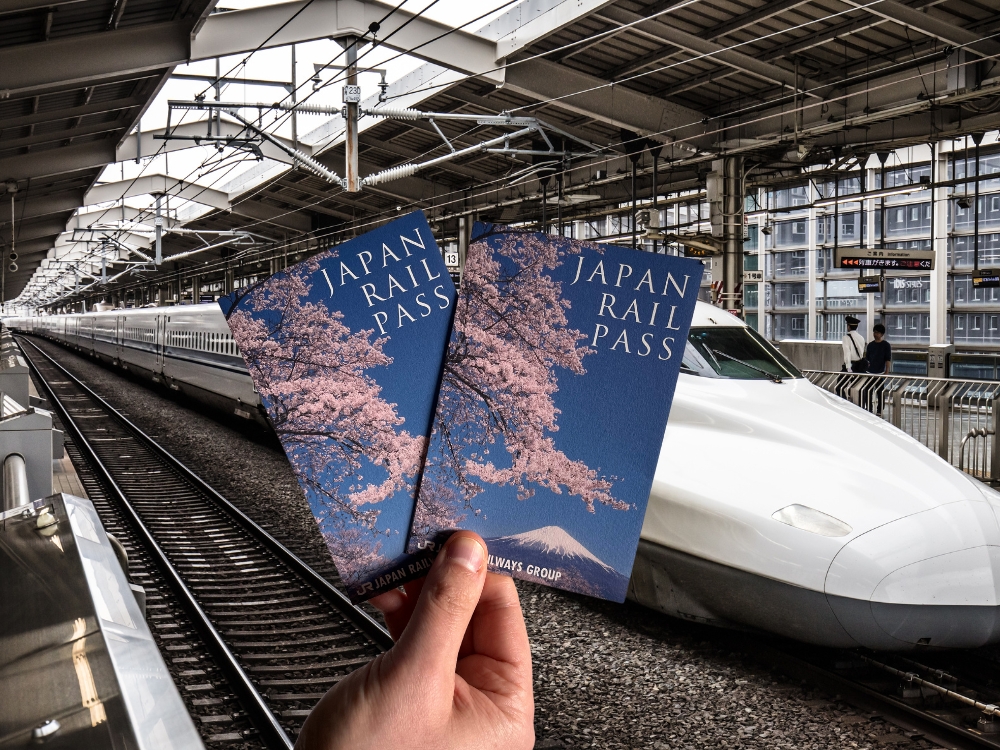
What is included in the Japan Rail Pass?
The JR Pass lets you ride almost all trains on the JR network, including the Hikari, Sakura, and Kodama Shinkansen trains.
From October 2023, you can now ride the fastest Nozomi and Mizuho bullet trains by showing your Japan Rail Pass and purchasing an additional ticket for these trains.
Your Japan Rail Pass allows you to make free seat reservations, which is particularly useful during busy travel seasons, ensuring you have a seat on the train you wish to take.
The JR Pass also works for the Tokyo Monorail (useful from Haneda Airport) and some other specific regional lines, like the Yamanote line in Tokyo and the Narita Express (useful for Narita Airport).
For certain local railways like the Aoimori Railway, Ainokaze Toyama Railway, and the IR Ishikawa Railway, the pass is valid only under specific conditions, mainly for direct travel on designated segments.
Regarding buses, the JR Pass is good for several local JR bus lines across Japan but doesn’t cover express bus routes. It also includes the JR-West Miyajima ferry service, but not the JR-Kyushu ferry to Pusan.

What is excluded from the Japan Rail Pass?
The Japan Rail Pass covers a broad range of transportation options, but there are some exclusions:
- Non-JR Trains – The pass doesn’t cover most subways, trams, and private railway lines. For these, you’ll need to buy separate tickets or passes.
- Nozomi and Mizuho Shinkansen – The Japan Rail Pass doesn’t cover the fastest bullet trains on the Tokaido, Sanyo, and Kyushu lines, known as Nozomi and Mizuho. If you have the JR Pass and want to ride these, you’ll need to buy an extra ticket. However, the JR Pass does allow you to ride the Hikari, Sakura, and Kodama trains on these lines, which are slightly slower but still covered by the pass.
- Luxury Trains – Special luxury trains like the Sunrise Seto/Izumo overnight sleeper trains require additional lodging fee or limited express fee.
- Some Ferries – While the JR Pass includes the ferry to Miyajima Island, other JR-operated ferries are not covered.
- Green Cars – Unless you purchase the Green Car version of the JR Pass, first-class (Green Car) seats are not included.

How much does a Japan Rail Pass cost?
In the table below, I have collected the up-to-date JR Pass in Japanese Yen. The market price in local currency outside of Japan will be converted from yen to your local currency.
Japan Rail Pass Prices in 2024
The JR Pass prices until October 2023 are as follows:
| Duration | Ordinary Cars | Green Cars | Buy Now |
| 7 days | ¥50,000 | ¥70,000 | Purchase 7 days JR Pass |
| 14 days | ¥80,000 | ¥110,000 | Purchase 14 days JR Pass |
| 21 days | ¥100,000 | ¥140,000 | Purchase 21 days JR Pass |
Children aged 6 to 11 also need their own JR Pass when traveling with families, but at a reduced price: it’s 50% of the adult fare. This means if you’re traveling in Japan with your kids, each child in this age range must have a JR Pass to use the trains, offering a cost-effective way for families to explore together.
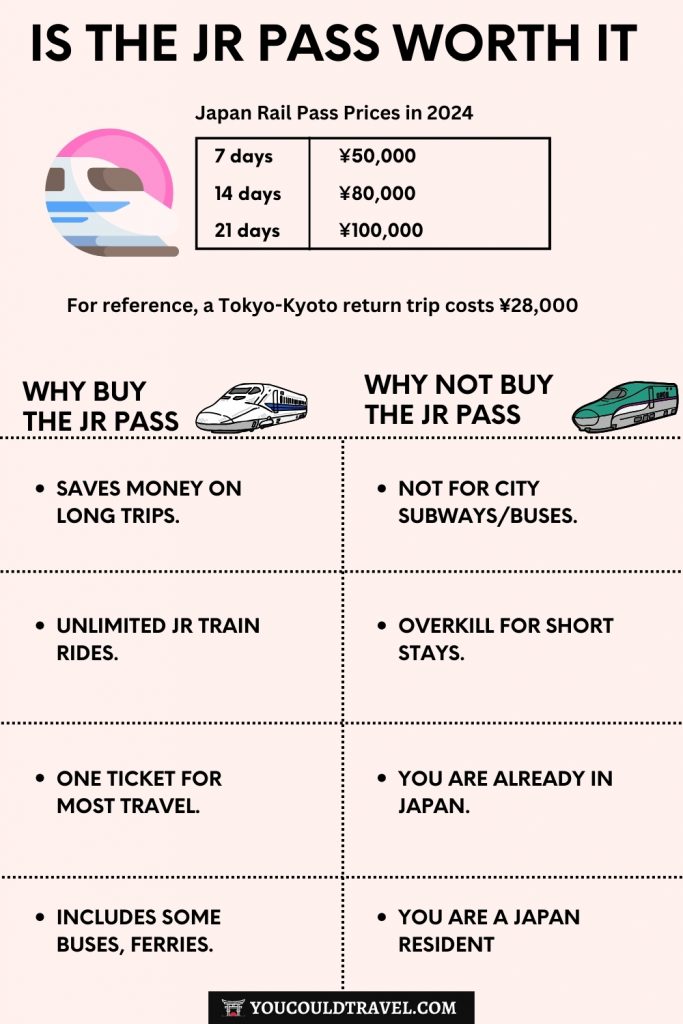
Is the Japan Rail Pass worth it in 2024?
The Japan Rail Pass can definitely be worth it in 2024, especially if your travel plans involve taking multiple long-distance train trips around Japan. The key to its value is in how much you plan to travel. If your itinerary includes several journeys on the Shinkansen that connect major cities like Tokyo, Kyoto, Osaka, Hiroshima, and Fukuoka, then the JR Pass can offer substantial savings.
For example, a 7-day JR Pass costs around ¥50,000, while just a round-trip ticket between Tokyo and Kyoto costs ¥28,000. If you’re planning more than one long-distance trip within a week, the pass pays off. It’s particularly beneficial for those traveling for 7, 14, or 21 days and wanting to explore multiple regions of Japan.
For my latest 7-day journey across Japan, I traveled from Tokyo to Nagoya, Kanazawa, Hiroshima, Fukuoka, Kagoshima, and back to Tokyo, using the Japan Rail Pass. I also took the Chuo line to visit Magome. If I had paid for each Shinkansen trip separately, it would have cost me around ¥95,000. But the JR Pass only cost me ¥50,000, saving me a total of ¥45,000.

Japan Rail Pass
The optimal way to explore Japan is with a rail pass that is available for durations of 7, 14, or 21 days, offering unlimited travel across the country. Shinkansen included!
When is it not worth it to buy the JR Pass?
The JR Pass might not be worth it if your travel plans in Japan are limited to one city or region, or if you’re staying put for most of your trip. For example, if you’re spending a week in Tokyo and only plan a couple of short trips nearby, the cost of individual train tickets would likely be lower than the price of the JR Pass.
If your itinerary involves travel primarily on non-JR lines, such as private railways or subways in urban areas, the JR Pass won’t cover these. You’d be better off purchasing tickets as you go or looking into local passes specific to those areas. For example, you can purchase regional train passes in Japan.
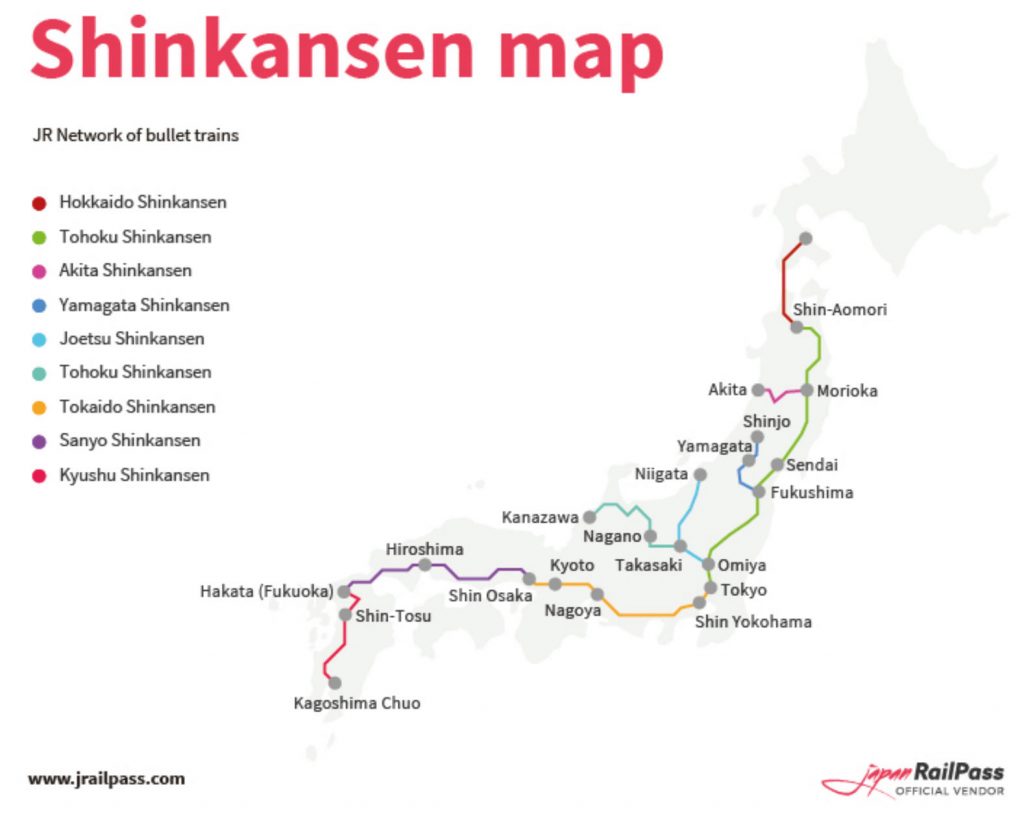
Japan Rail Regional Passes
Regional passes in Japan are specific rail passes offered by the various JR (Japan Railways) companies, tailored to different areas of the country. Unlike the nationwide Japan Rail Pass, these regional passes focus on providing unlimited travel within a particular region or area.
Choosing regional rail passes over the nationwide Japan Rail Pass can be smarter for travelers focusing on one area of Japan. These passes are cheaper and cover exactly what you need for exploring a specific region, including some bullet trains and local transportation. If you’re not planning to travel all over Japan, a regional pass can save you money, giving you access to just the right trains and buses for your trip. This makes your travel easier and more cost-effective, especially if your journey is limited to a particular part of the country.

Do you have to buy a Japan Rail Pass in advance?
You can purchase the Japan Rail Pass up to 3 months before your trip to Japan. Buy an exchange order from an authorized dealer, which they’ll send to you through FedEx. Once you’re in Japan, you exchange this order for the actual Rail Pass at a JR Pass exchange office, which can be found in major airports and JR stations.
As of September 2023, the Japan Rail Pass is no longer sold at train stations within Japan, so you do need to purchase it in advance.
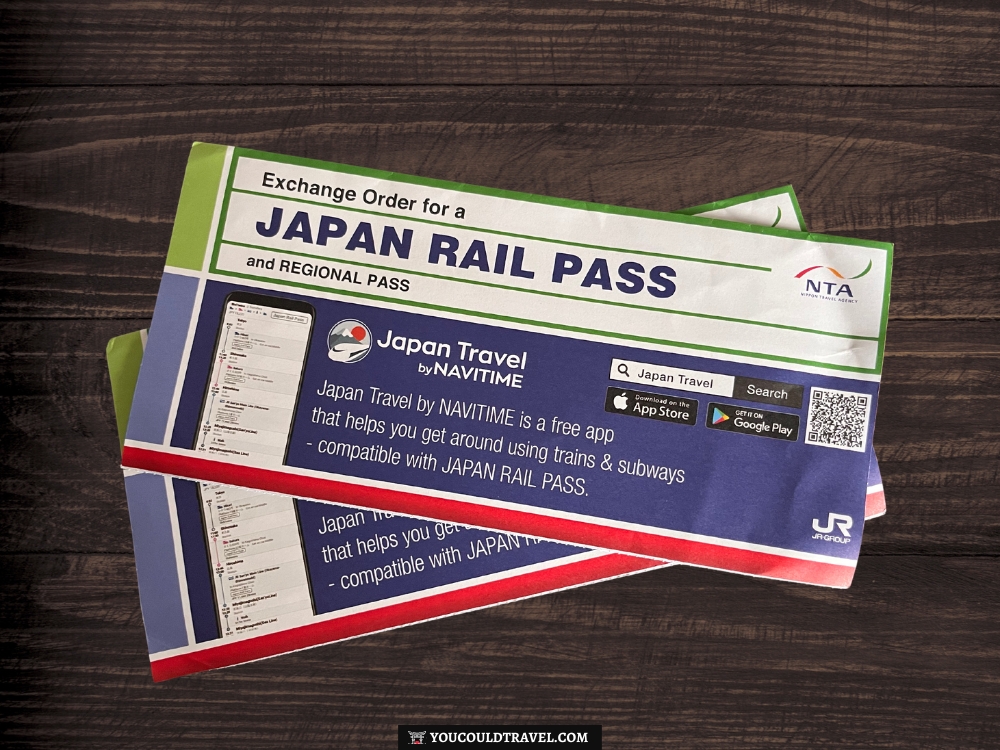
Where to buy JR Pass
From authorized travel agents
I purchased my Japan Rail Pass via the official overseas agent called JRailPass. Please make sure to allow enough time to receive your JR Pass exchange voucher in the post before your trip to Japan. While they deliver fairly quickly, ensure you order your pass at least 2 weeks before your planned departure.
From the official website
You can now purchase the Japan Rail Pass via the official website to receive a digital exchange order. You still need to exchange this for an actual physical Japan Rail Pass. Benefits of purchasing through the official site include the ability to make online seat reservations immediately after buying the pass.
Eligibility
The Japan Rail Pass is exclusively available to short-term visitors to Japan, classified as “temporary visitors,” and to Japanese nationals who have been living abroad permanently for at least the past ten years.
When entering Japan via an automated airport gate, your passport won’t receive a stamp or sticker, which is needed to pick up or exchange a Japan Rail Pass.
To get this stamp or sticker, you should go through a manned gate or ask a clerk for it. For those in the Trusted Traveler Program, showing your “registered user card” is necessary to verify your “Temporary Visitor” status.
Residents of Japan are not eligible to use the pass.
Selecting a start date
When you exchange your voucher for the actual Japan Rail Pass, you have the flexibility to choose a start date. This start date doesn’t have to be the same day you exchange the voucher. You can pick any date within a one-month window from the exchange.
However, it’s important to note that once the pass is issued with a start date, you can’t change that date later. For those who buy their pass directly through the official website, the starting date is selected at the time of purchase, and similarly, it cannot be adjusted after the fact.

Using the JR Pass
Once exchanged in Japan, the Japan Rail Pass acts as your ticket for JR trains. If you opt for a reserved seat, you’ll need to obtain a free seat reservation ticket with your Rail Pass. You can make these reservations at ticket machines or offices across Japan.
However, you cannot make reservations on the train. If you bought your pass online, you also have the option to reserve seats through the official website.
Since June 2020, Rail Pass holders can use automatic ticket gates at stations.
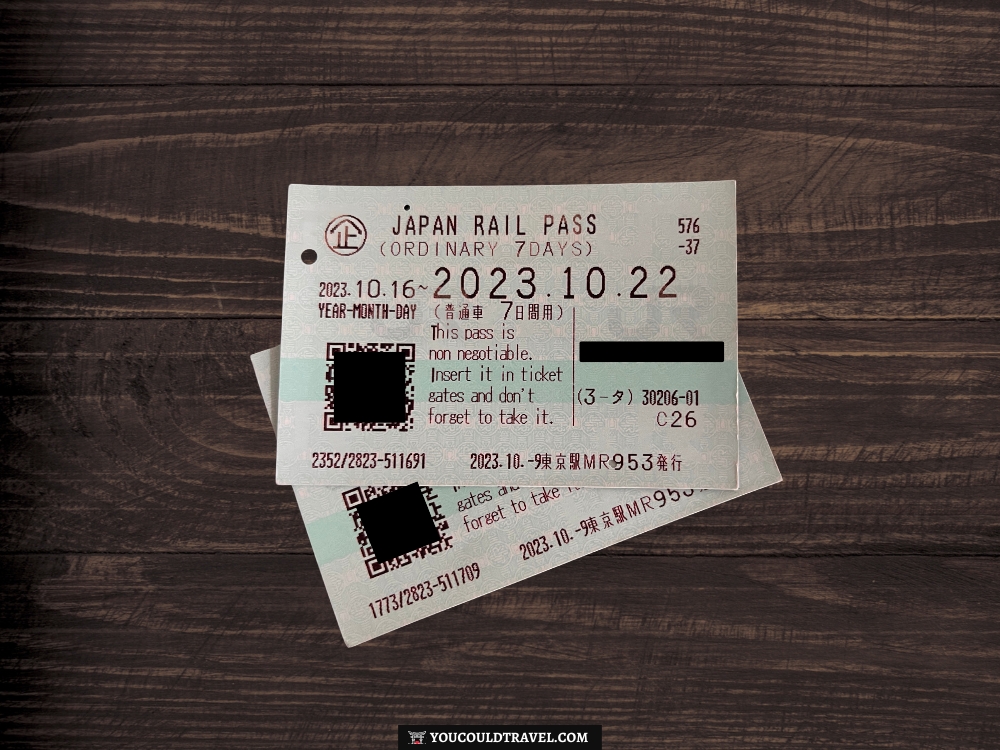
Do I need seat reservations?
Though not always necessary, reserving your seat can ensure a smoother journey, particularly during busy periods or if you’re traveling in a group and want to sit together. With the Rail Pass, reservations are free, so it’s a good precaution to take. On some trains, reservations are mandatory. These include:
- Narita Express (between Tokyo and Narita Airport)
- Certain Shinkansen trains like Hayabusa, Hayate, Komachi, Tsubasa, and Kagayaki
- Limited express trains heading towards destinations like Amanohashidate, Kinosaki Onsen, and Kumano from Osaka/Kyoto
- The Sunrise Seto/Izumo night trains
Top Tip: When your journey includes passing Mount Fuji, book your seat in advance to ensure you get one with a view of the mountain. At the ticket counter, ask which side of the train offers the best views of Mount Fuji.
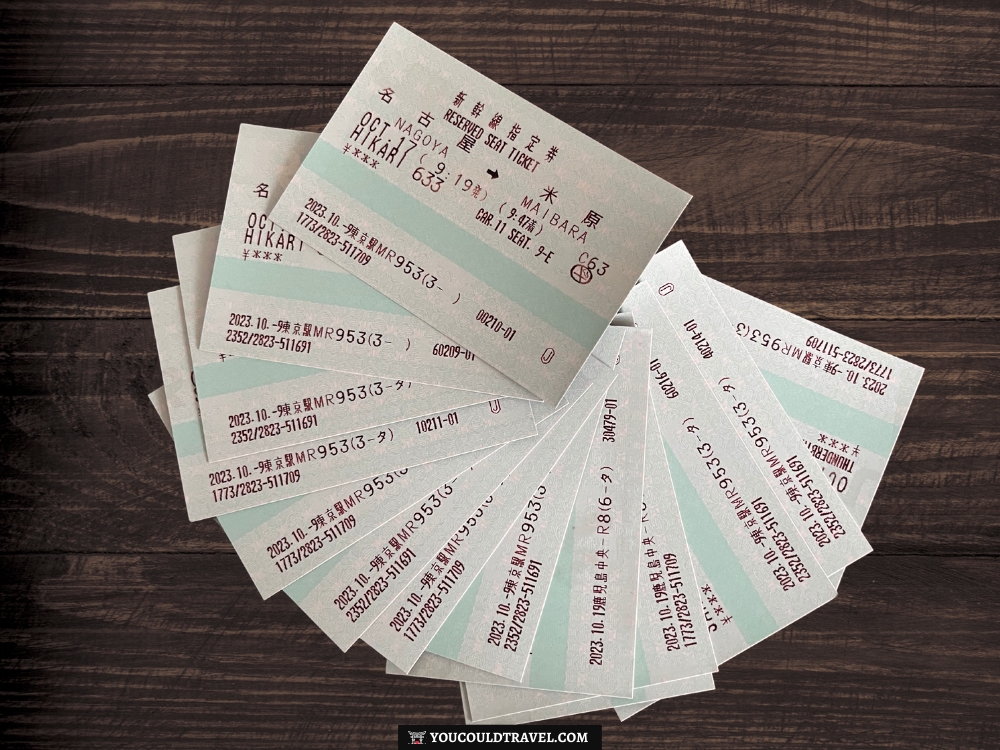
What if you didn’t buy a Japan Rail Pass?
If you didn’t buy a Japan Rail Pass, you still have plenty of options for traveling around Japan, but you’ll need to pay for individual tickets for trains, buses, and other forms of transportation.
While the Japan Rail Pass offers convenience and can be cost-effective for extensive travel, not having one doesn’t limit your ability to explore Japan. It just means you’ll need to plan your travel and budget a bit differently.
Frequently Asked Questions
Is it worth buying the JR Pass in Japan?
If you are spending 7 days or more in Japan and planning to take trips to multiple cities, then yes, absolutely. The JR Pass will save you money and make your life easier when booking your tickets and seats. You can check prices and buy your JR Pass here.
How useful is the JR Pass in Tokyo?
The JR Pass can be used on any JR lines to travel between stations in Tokyo, and it’s especially useful on the Yamanote Line, which is a loop line around central Tokyo. It is a great way to save money if you already have the pass. Look for the JR trains in Tokyo and enjoy unlimited free travel.
Is JR Pass worth it 14 days?
If you’re planning multiple long-distance trips across different regions, such as from Tokyo to Kyoto, Hiroshima, and maybe even down to Kyushu or up to Hokkaido. The pass can offer significant savings compared to buying individual train tickets for each journey. The convenience of having unlimited travel on JR trains, including many shinkansen (bullet trains), can also make your trip more flexible and enjoyable.
However, if your itinerary is more localized, such as staying within the Kanto area (around Tokyo) or Kansai area (around Kyoto and Osaka), and you’re not making use of long-distance shinkansen rides, the 14-day pass might not be cost-effective. In such cases, regional passes or paying for individual tickets might be a better choice.
Is Hokkaido JR Pass worth it?
The Hokkaido JR Pass offers unlimited travel on all trains, including limited express trains, and most buses operated by JR Hokkaido and JR Hokkaido Bus. If you’re planning to explore multiple destinations across the island, especially if these involve long-distance travel between cities like Sapporo, Hakodate, Asahikawa, and Kushiro, the pass can offer substantial savings and convenience. Hokkaido’s attractions are spread out, and the cost of individual train tickets can add up quickly. You can check prices and buy your JR Pass here.
Does Japan Rail Pass include subway?
You won’t be able to use your JR Pass to travel on the subways in Japan. However, many large cities, including Tokyo and Osaka, also run JR trains on the same lines. For example, you can use the Tokyo Yamanote Line and the Osaka Loop since they are owned by the Japan Rail Group.
Is Japan Rail Pass unlimited rides?
The Japan Rail Pass offers unlimited rides on most Japan Railways (JR) trains across the country, including local, rapid, express, and many shinkansen trains. This allows for flexible and extensive travel throughout Japan during the validity period of the pass, which can be 7, 14, or 21 consecutive days.
Has the price of the JR Pass increased?
The price of the Japan Rail Pass has almost doubled since October 2023. It’s still very much worth considering it for extensive travel around Japan.
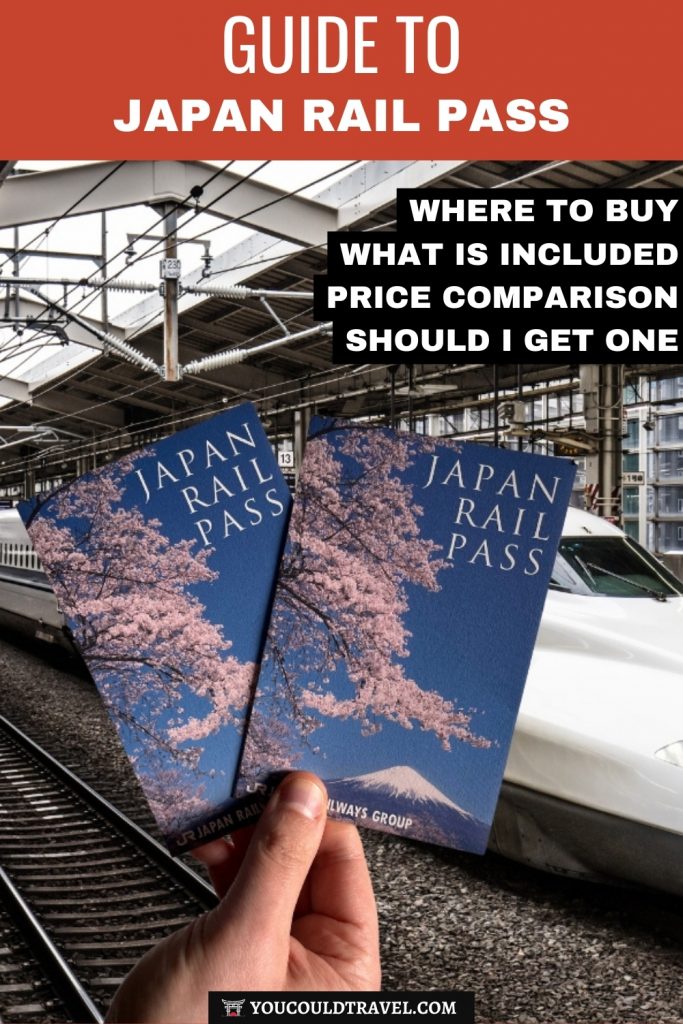
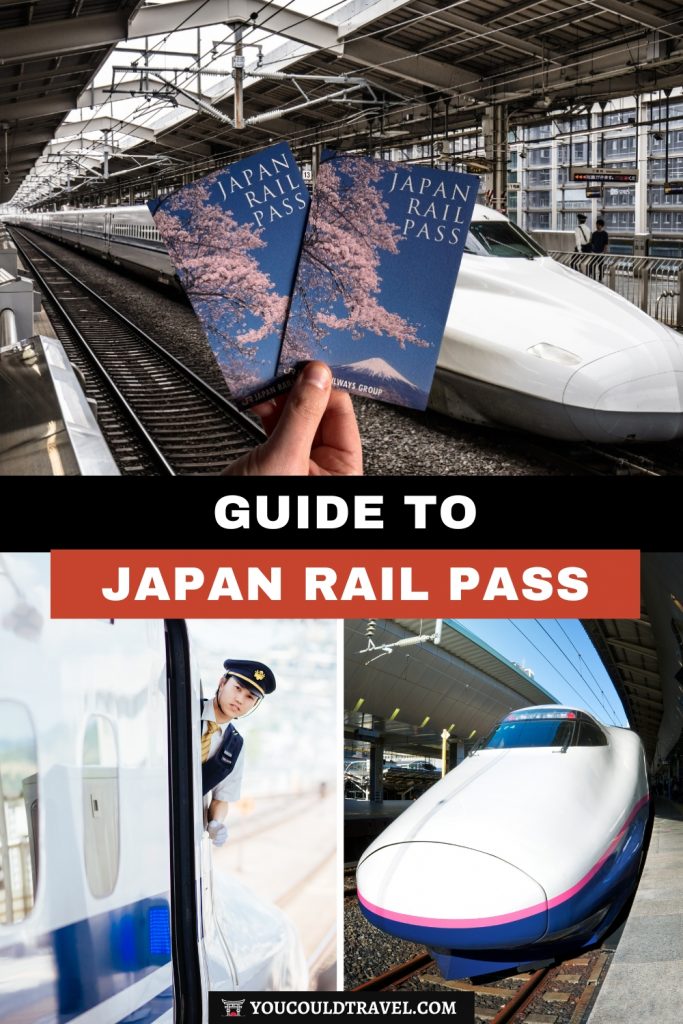



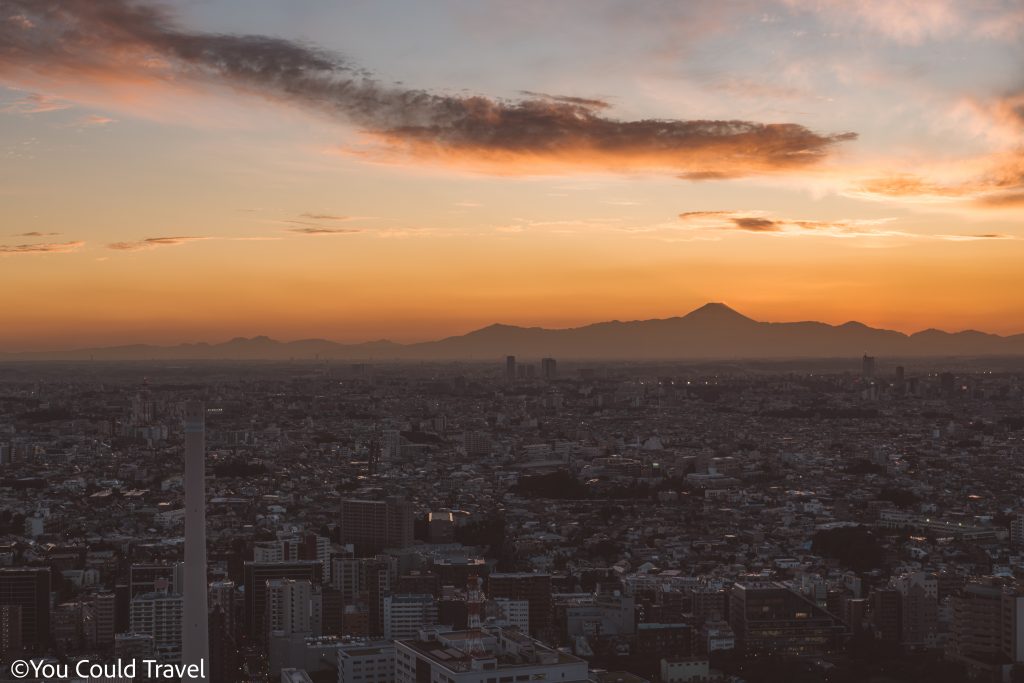


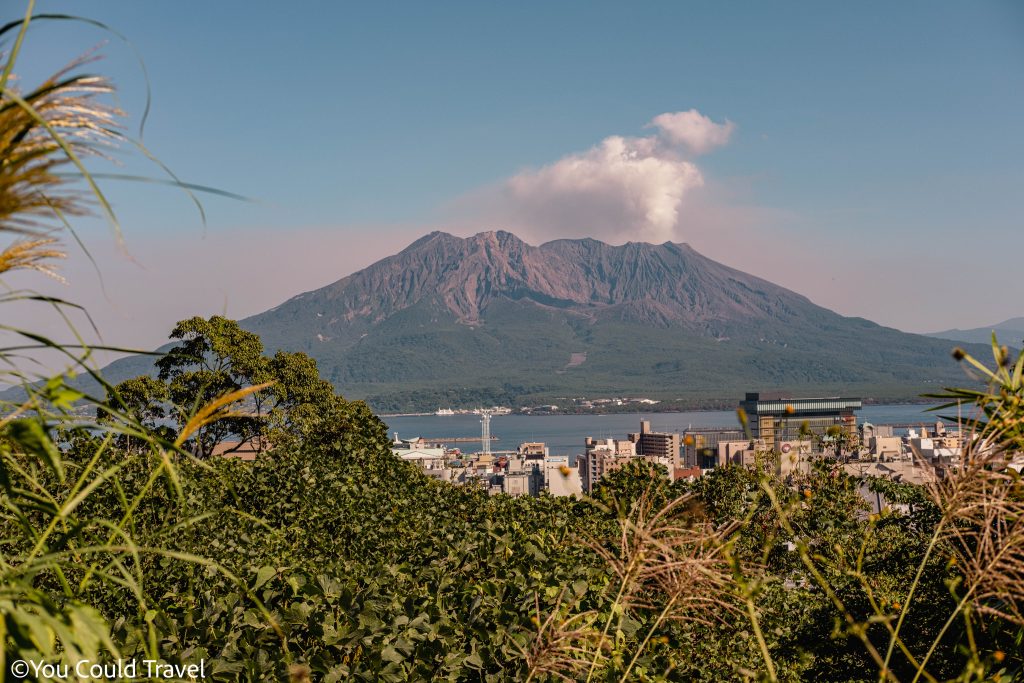


Leave a Reply